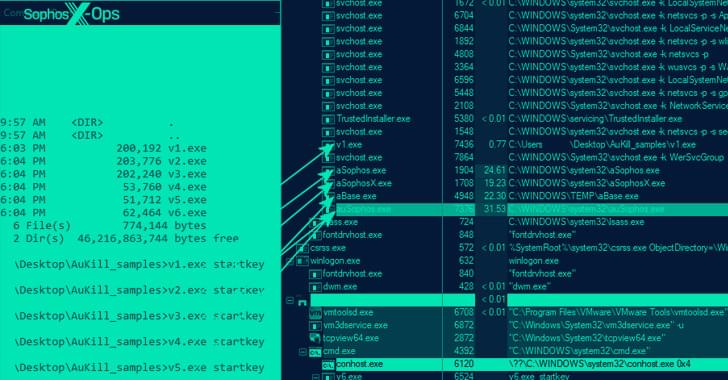MIT
“Delivering drugs this way could offer less systemic toxicity and is more local, comfortable, and controllable,” said Canan Dagdeviren, an associate professor in MIT’s Media Lab and the senior author of the study, in a statement.


Use terahertz frequency communication and achieve ultra-fast communication.
Researchers at the China Aerospace Science and Industry Corporation Second Institute have achieved a breakthrough in next-generation 6G communication by conducting the first real-time wireless transmission, the South China Morning Post.
6G, short for the sixth generation cellular network, is the next frontier of telecommunications which promises more reliable and faster communication than any of the existing technologies.
Black_Kira/iStock.
This is the official ispace landing coverage of HAKUTO-R Mission 1.



A team of physicists has illuminated certain properties of quantum systems by observing how their fluctuations spread over time. The research offers an intricate understanding of a complex phenomenon that is foundational to quantum computing—a method that can perform certain calculations significantly more efficiently than conventional computing.
“In an era of quantum computing it’s vital to generate a precise characterization of the systems we are building,” explains Dries Sels, an assistant professor in New York University’s Department of Physics and an author of the paper, which is published in the journal Nature Physics. “This work reconstructs the full state of a quantum liquid, consistent with the predictions of a quantum field theory—similar to those that describe the fundamental particles in our universe.”
Sels adds that the breakthrough offers promise for technological advancement.

Most exoplanets lying in the habitable zones around stars are in fact inhospitable to plant life as we know it. That is according to a new study from microbiologists and astronomers at the University of Georgia who say that taking into account the light a planet receives as well as its ability to hold liquid water is a better definition of whether life could exist on other planets.
The Habitable Zone (HZ) is traditionally defined to be the range of distances around a star where an exoplanet can support liquid water on its surface. Too far, and the planet remains frozen like Mars. Too close and the oceans evaporate, as happened to Venus. The zone in the middle is neither too hot, nor too cold, but just right – the so-called “Goldilocks zone”.
Nothing certain is known about the properties and requirements of alien life. However, there are generally two schools of thought in astrobiology. One is that evolution on other planets can figure out ways to sidestep seemingly insurmountable barriers to life as we know it, while others claim that life is everywhere bounded by the same universal physical principles, and can thus only operate a certain way, similar to as on Earth.


New AI systems released in 2023 demonstrate remarkable properties that have taken most observers by surprise. The potential both for positive AI outcomes and negative AI outcomes seems to have been accelerated. This leads to five responses:
1.) “Yawn” — AI has been overhyped before, and is being overhyped again now. Let’s keep our attention on more tangible issues.
2.) “Full speed ahead with more capabilities” — Let’s get to the wonderful positive outcomes of AI as soon as possible, sidestepping those small-minded would-be regulators who would stifle all the innovation out of the industry.

Play ransomware is notable for not only utilizing intermittent encryption to speed up the process, but also for the fact that it’s not operated on a ransomware-as-a-service (RaaS) model. Evidence gathered so far points to Balloonfly carrying out the ransomware attacks as well as developing the malware themselves.
Grixba and VSS Copying Tool are the latest in a long list of proprietary tools such as Exmatter, Exbyte, and PowerShell-based scripts that are used by ransomware actors to establish more control over their operations, while also adding extra layers of complexity to persist in compromised environments and evade detection.
Another technique increasingly adopted by financially-motivated groups is the use of the Go programming language to develop cross-platform malware and resist analysis and reverse engineering efforts.